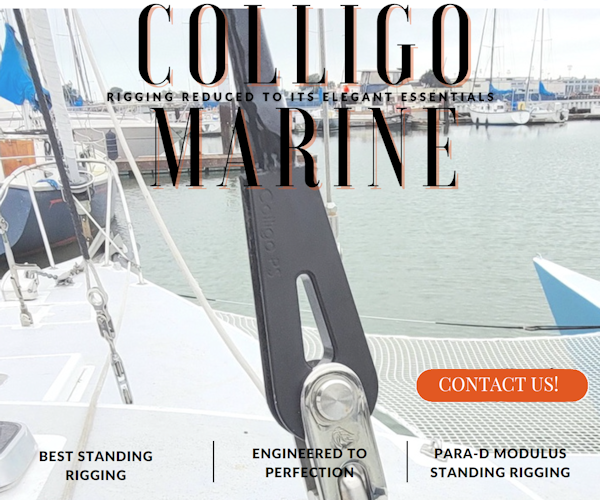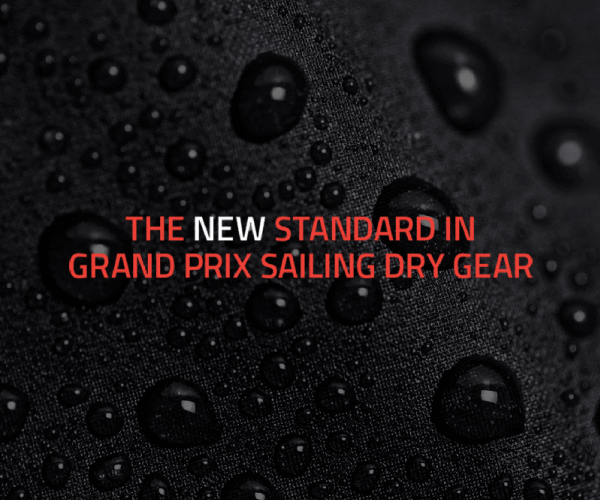Barque Kruzenshtern-Spectacular Arrival Hong Kong
by Sail-World Cruising/Itar-Tass on 17 Apr 2006

Kruzenshtern SW
Hong Kong, April 16 (Itar-Tass) - The Kruzenshtern, the lovely old Russian four-masted barque which is making a round-the-world voyage, reached Hong Kong on Sunday morning. The barque made a spectacular sight as she sailed into Hong Kong's busy modern harbour, stopping the traffic and dwarfing ferries and container ships.
The ship, which was built in Germany 80 years ago, has a crew made up of cadets from fishery and naval schools and members of young sailor clubs from a number of Russian cities. The voyage commemorates the 60th anniversary of the VE-Day and the 200th anniversary of the first round-the-world voyage of Russian sailors led by Ivan Kruzenshtern.
The ship made its previous stop in Vladivostok. It left the seaport on April 6, being accompanied by two small anti-sub ships of the Pacific Fleet. The ships escorted the Kruzenshtern to the edge of Russia’s territorial waters.
'On April 9 the Kruzenshtern crew paid tribute to sailors who died in the Tsushima battle,' member of the voyage organizing committee Vladimir Kiryukhin told Itar-Tass. 'The weather has been rather good but the bark passed through rough seas early in the morning of April 10.'
Kiryukhin said that the crewmembers felt like real sailors and enjoyed their first stormy seas. On April 11 the Kruzenshtern passed through thick fog in a squid fishing area. The visibility reduced from ten to two miles, and there were plenty of fishing vessels nearby. 'They were sending signals on their way for several hours. Later on the same day the crew was taught how to climb the masts and handle the sails,' Kiryukhin said.
Sail-World Cruising finds it interesting that the Captain was not quoted, but a ‘member of the organising committee’. Old habits die hard in Russia it seems!
HISTORY:
The lingering after-life of deep-water sail is somehow encapsulated in the story of the Kruzenshtern. She began life as the Padua when she was launched in 1926 to join the Flying P Line as a nitrate carrier, working round Cape Horn to South America. With the end of the nitrate trade she moved to the grain trade and made several trips to Port Lincoln in Australia. Like all the big steel barques of the Flying P Line she was built to be hard driven - indeed the skippers of these magnificent vessels were instructed to seek out gales in order to make the fastest passages possible! To this end the Padua once reeled off 351 nautical miles noon to noon and went out to Port Lincoln from Hamburg in 67 days. After the war she was taken over by the USSR and renamed after the famous Russian navigator and hydrographer, Admiral Ivan Kruzenshtern. (1770-1846) -
He was a navigator, a Corresponding Member (1803) and the honorary Member of St.Petersburg Academy of Science, an admiral. He was a founder of oceanography, the head of the first expedition around the world (1803-1806) on the ship 'Nadezda' (commander I.F.Bellinsgauzen) and 'Neva' (commander U.F.Lisyansky). In 1827-1842 he was a headmaster of the Naval Military School.
The ship’s cargo carrying days over, she has since been used as a training vessel for cadets going in for acareer in the Fishery Board.
www.sail-world.com/send_message.cfm!Click_Here!same to write to us about this article
If you want to link to this article then please use this URL: www.sail-world.com/23150

